Image Credit: Paul Brazelton
Image Credit: Paul Brazelton Built in 1935, MinnePHit originally was about 1,400 sq. ft. Bringing it to 2,000 sq. ft. and the EnerPHit performance standard has entailed an extensive renovation of the shell and replacement of the electrical, plumbing, and mechanical systems. InsulWeb polypropylene was installed to contain the almost 1,740 cubic feet of dense-pack cellulose that was used to insulate the exterior walls. Architect Tim Eian discussed project details with guests during a tour of the retrofit-in-progress.
Paul Brazelton’s introduction to Passivhaus principles was well timed. He and his wife, Desiree, were contemplating a possible expansion of their 1,400-sq.-ft. three-bedroom home in south Minneapolis when Paul paid a visit to Hudson, Wisconsin, where construction was underway on a 1,945-sq.-ft. three-bedroom that came to be known as Passive House in the Woods.
The notion of building an energy efficient house to a high standard – and relying relatively little on the grid – inspired the Brazeltons to consult with the architect on the Hudson project, Tim Eian, of TE Studio in Minneapolis, about the possibility of applying Passivhaus principles to their remodel. Eian used Passive House Planning Package software to create and update a performance model of the house as the couple suggested a progression of improvements for it, including substantial increases in shell insulation and airtightness.
In the end, the Brazeltons calculated that they could afford to renovate the house to meet Passivhaus Institut’s EnerPHit standard, a version of the Passivhaus standard intended for older homes whose construction features and siting might not accommodate all of the Passivhaus requirements that apply to new construction.
At the EnerPHit forefront
The annual heating limit set by EnerPHit, for example, is 25 kWh per square meter (vs. 15 kWh per square meter for Passivhaus) and the maximum air infiltration rate is 1 air change per hour at 50 Pascals (vs. 0.6 ach @ 50pa for Passivhaus). Based on blogs the the Brazeltons have posted to a website that Paul, a software engineer, created to document progress on the project, it appears as if they’re on target to meet their EnerPHit performance goal and their expansion goal, which will bring the house to about 2,000 sq. ft. and more comfortably accommodate the couple, their three small children, and their dogs.
Right now, the project – which will have R-44 exterior walls and an R-80 roof – is still a work in progress, so the family is essentially part of the design-and-construction team, which includes Eian and Ryan Stegora, a builder based in Apple Valley, Minnesota, who was not initially familiar with Passivhaus builds and retrofits, but, as noted in a recent Minneapolis Star-Tribune story about the renovation, has had little trouble finding his way.
Eian, who trained as an architect in Germany, told the paper that EnerPHit retrofits can cost has much as $50 to $100 per square foot, given the materials and construction details involved, which in this case included insulating the slab and floors with expanded polystyrene, insulating the exterior walls with cellulose, and polyurethane spray foam in the basement.
Once the retrofit is complete, it is expected to become among the first certified EnerPHit remodels in the U.S., joining a list that includes many others in other countries and, if all goes as planned, a retrofit in Harlem, in New York City.
Weekly Newsletter
Get building science and energy efficiency advice, plus special offers, in your inbox.

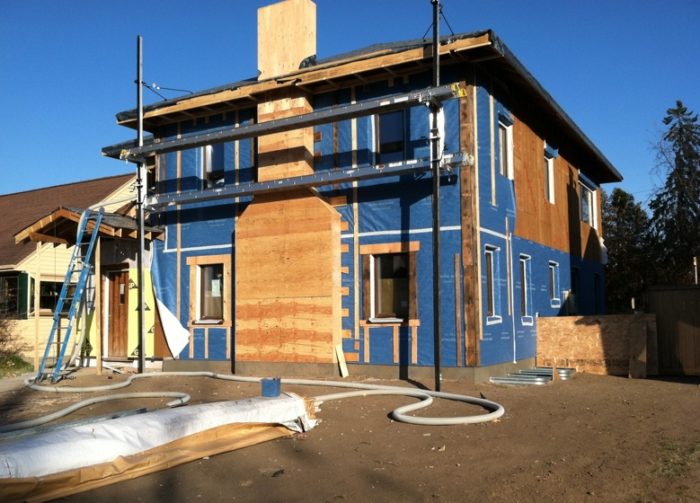




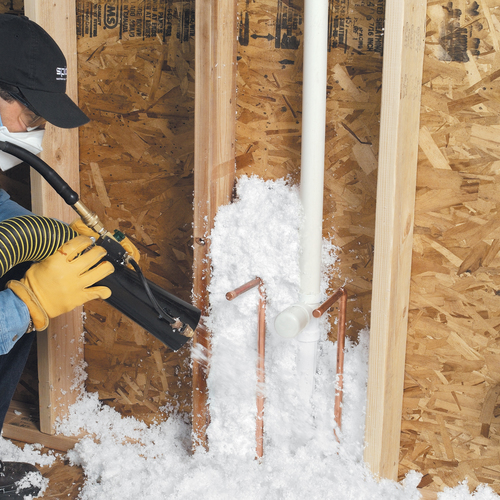
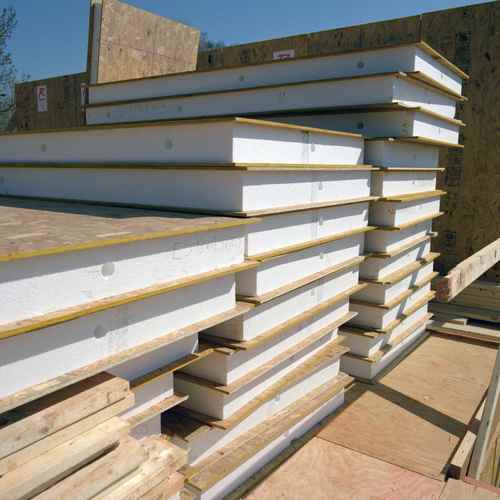
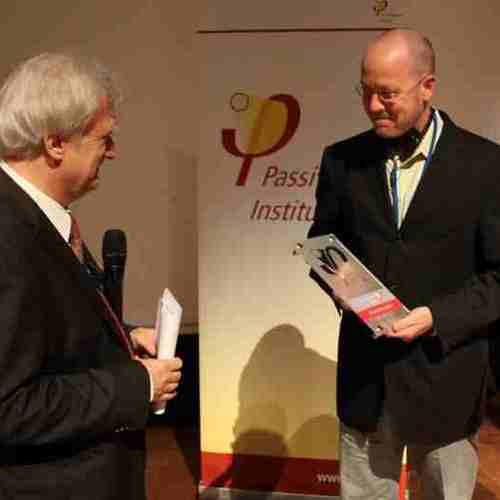
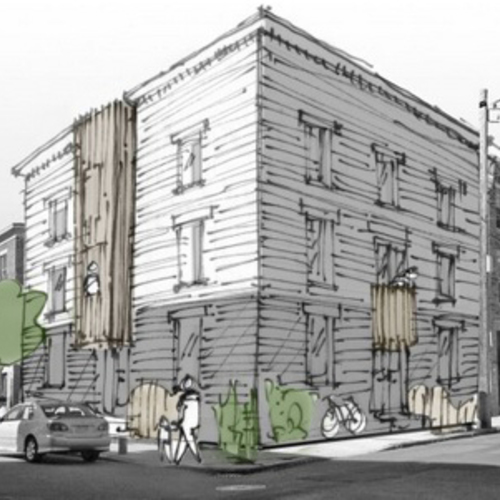






One Comment
The numbers (for building geeks like me)
Thanks for the article, Richard. The rough-in blower door test measured 265 CFM leakage, or 0.87 ACH50 using the DIN EN 13829 protocol. The current PHPP model shows a specific space heat demand of 24kWh/m2 a , which means that the design heat load for the house is less than 4 kW or 13.5 kBthu/h. The specific primary energy demand currently sits at 115 kWh/m2 a, which is less than the new construction PH standard prescribes. The home will be tested again once it is finished.
Paul (owner) is doing a tremendous job having taken on a lot of the work himself. This goes beyond the traditional labor of love.
We are excited to see our EnerPHit design come to life in climate zone 6. If it can be done here, it can arguably work most anywhere in the country.
Log in or create an account to post a comment.
Sign up Log in